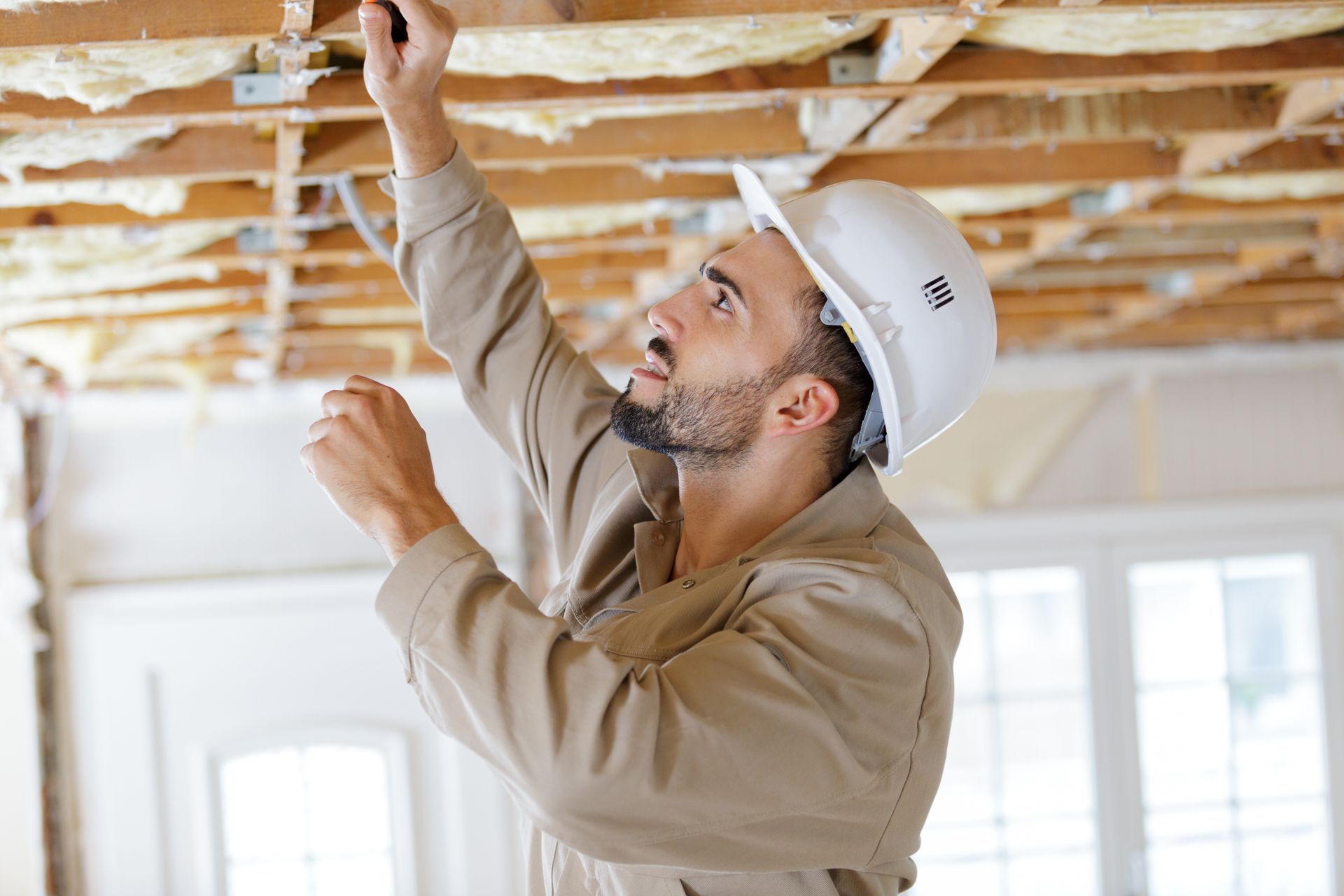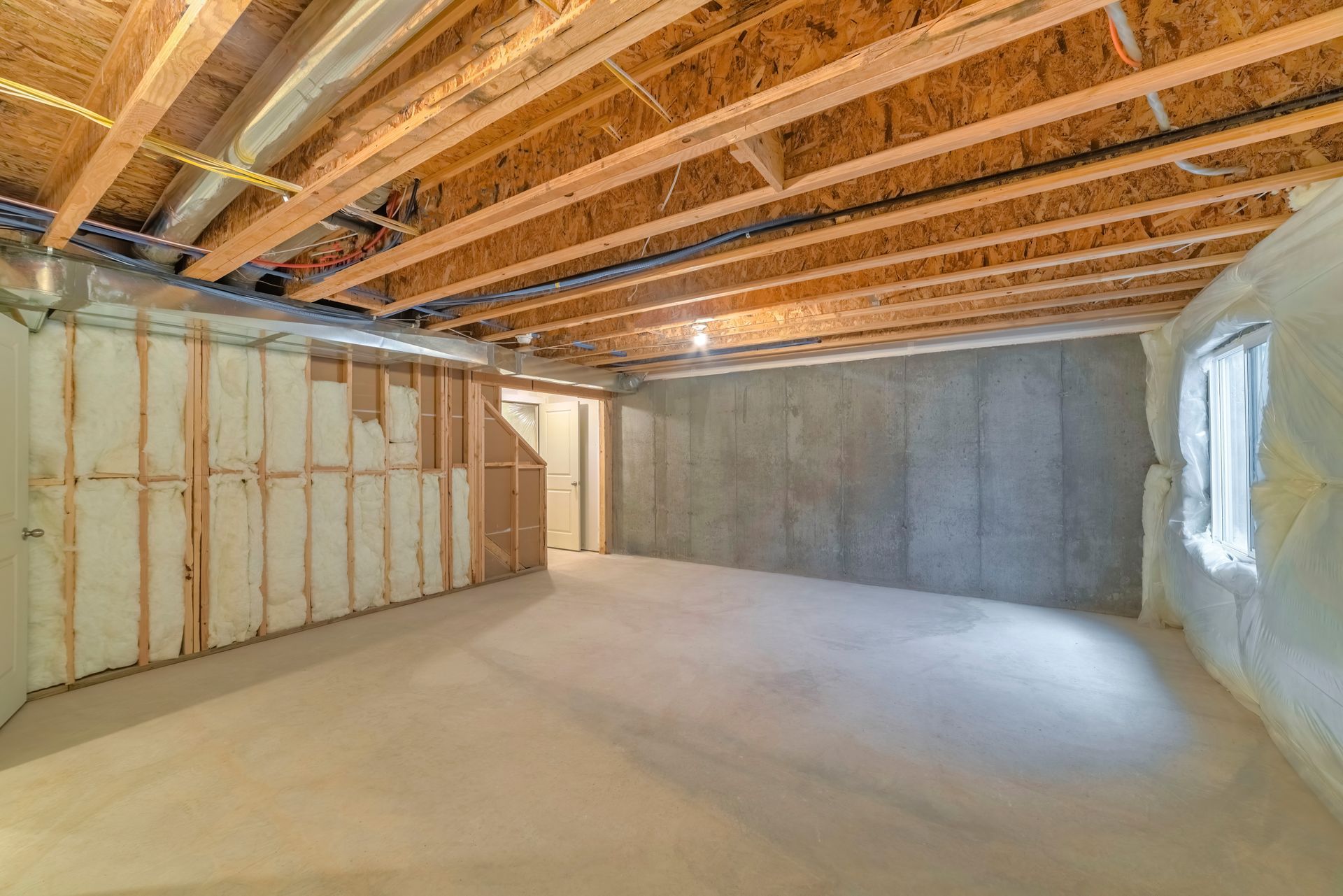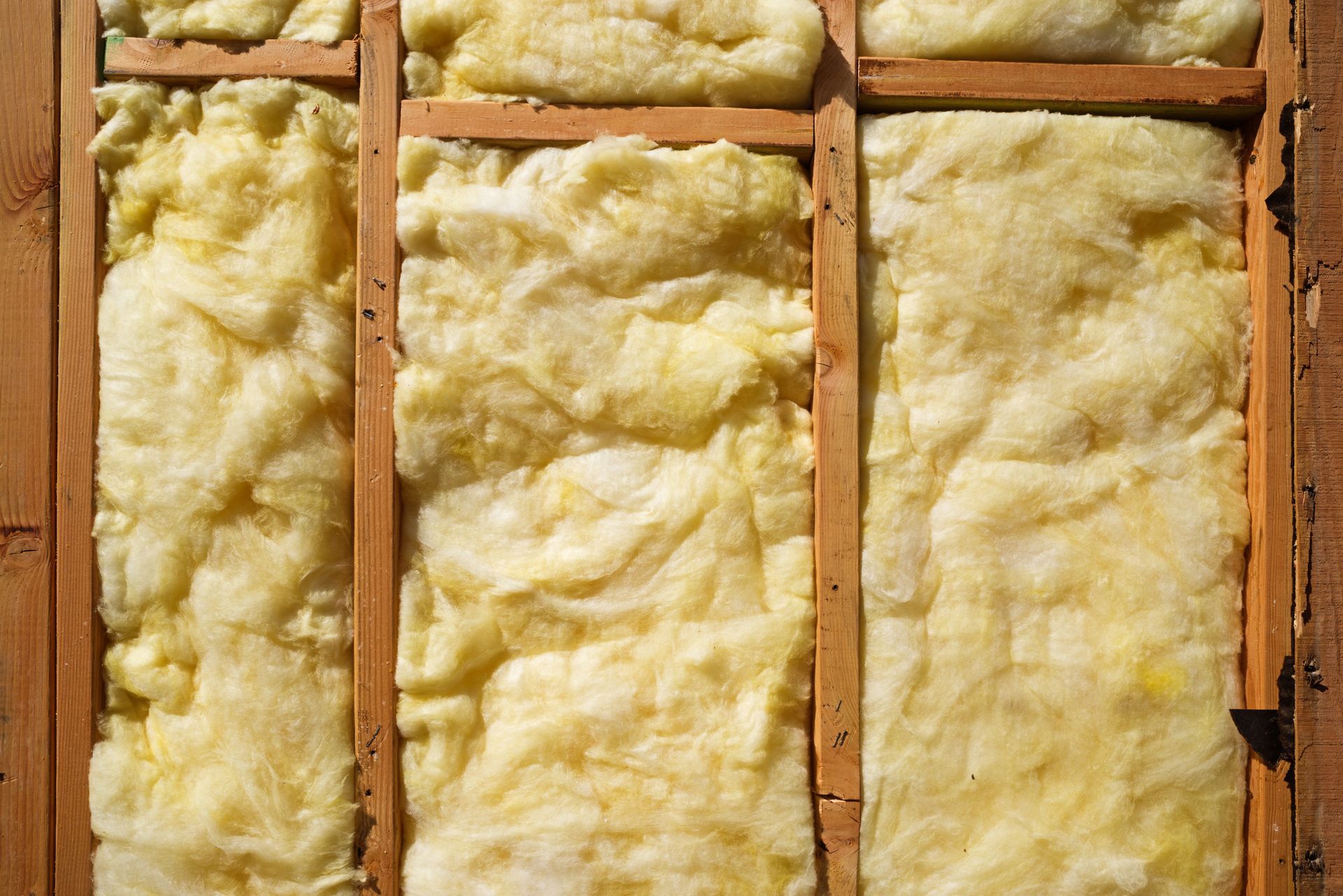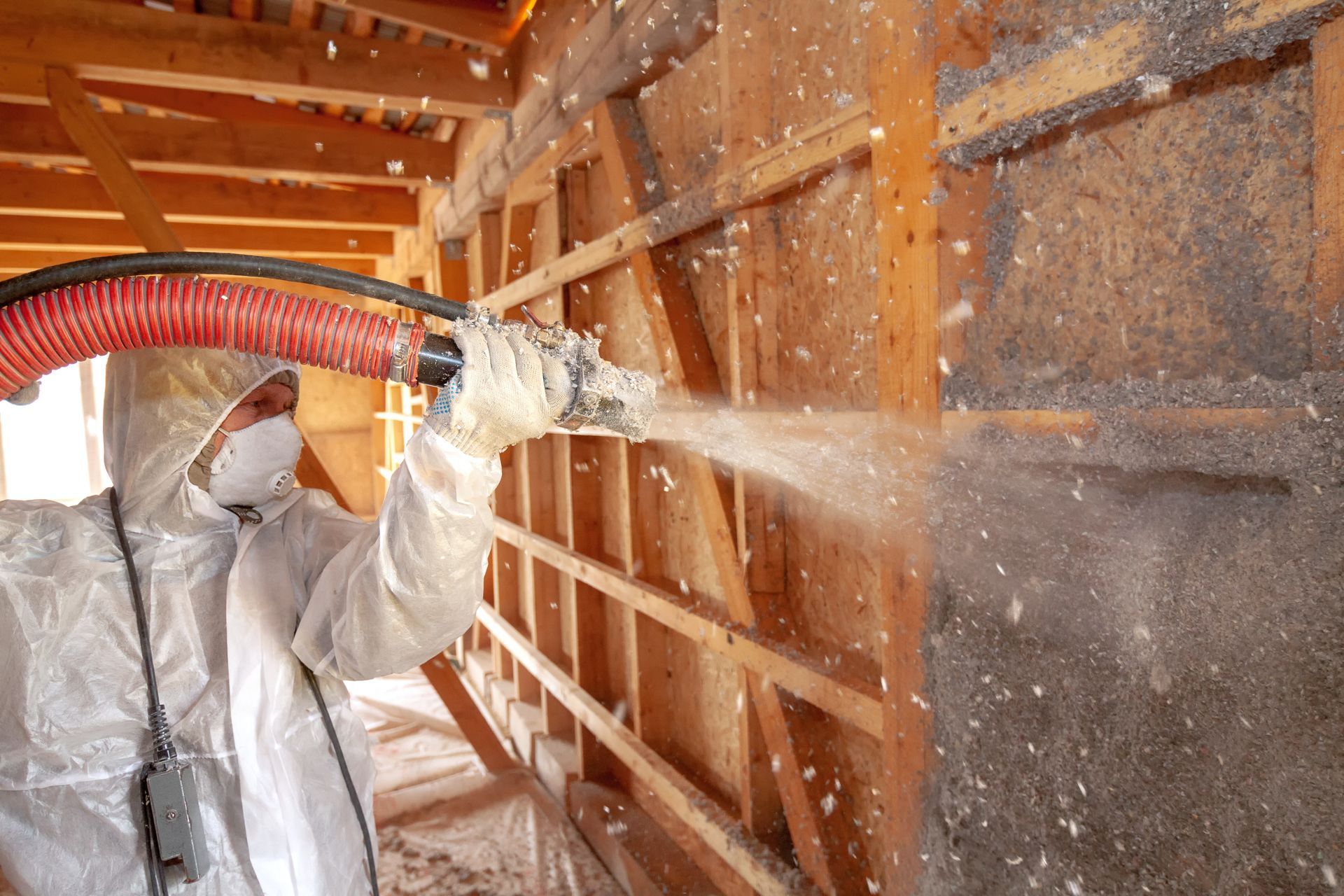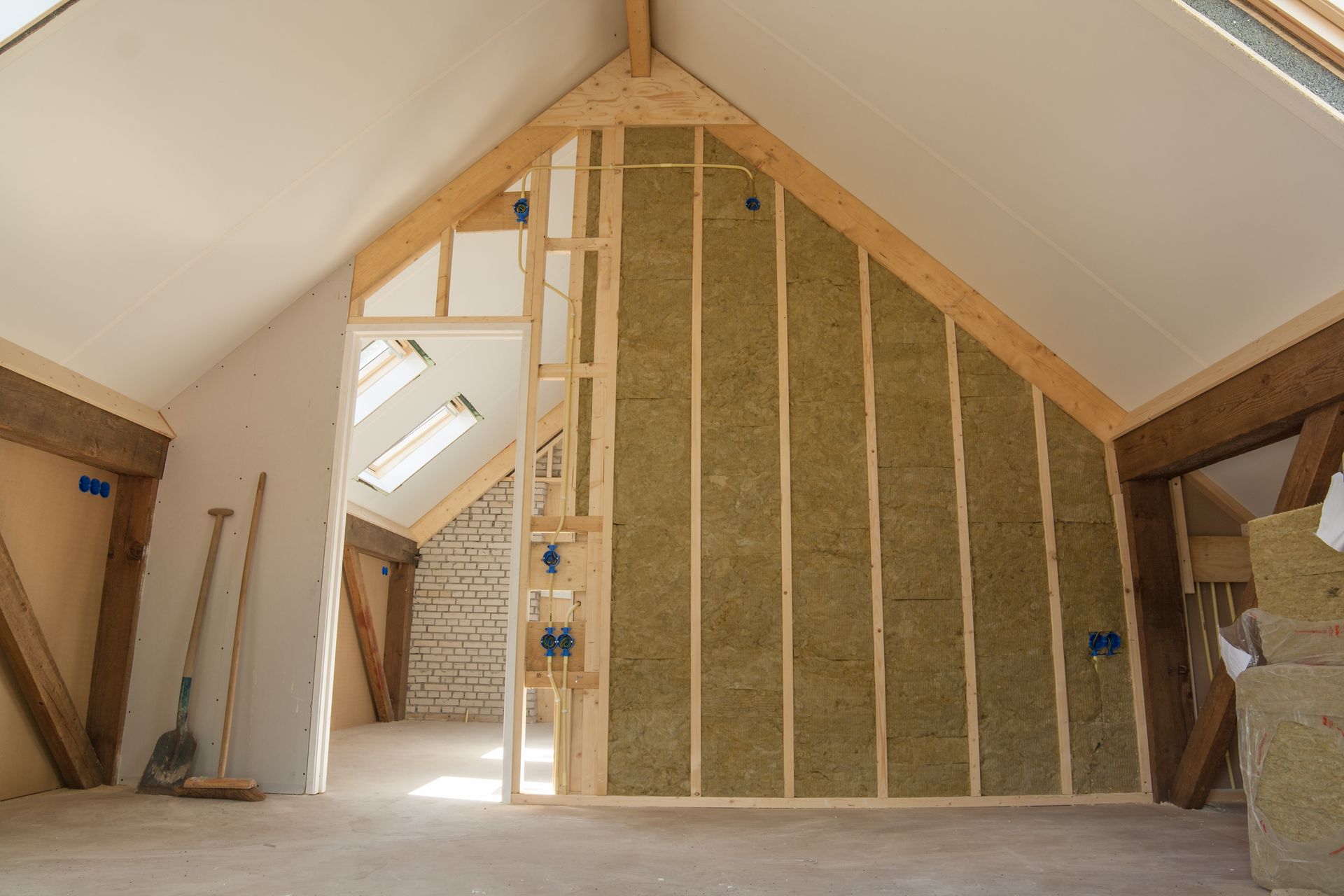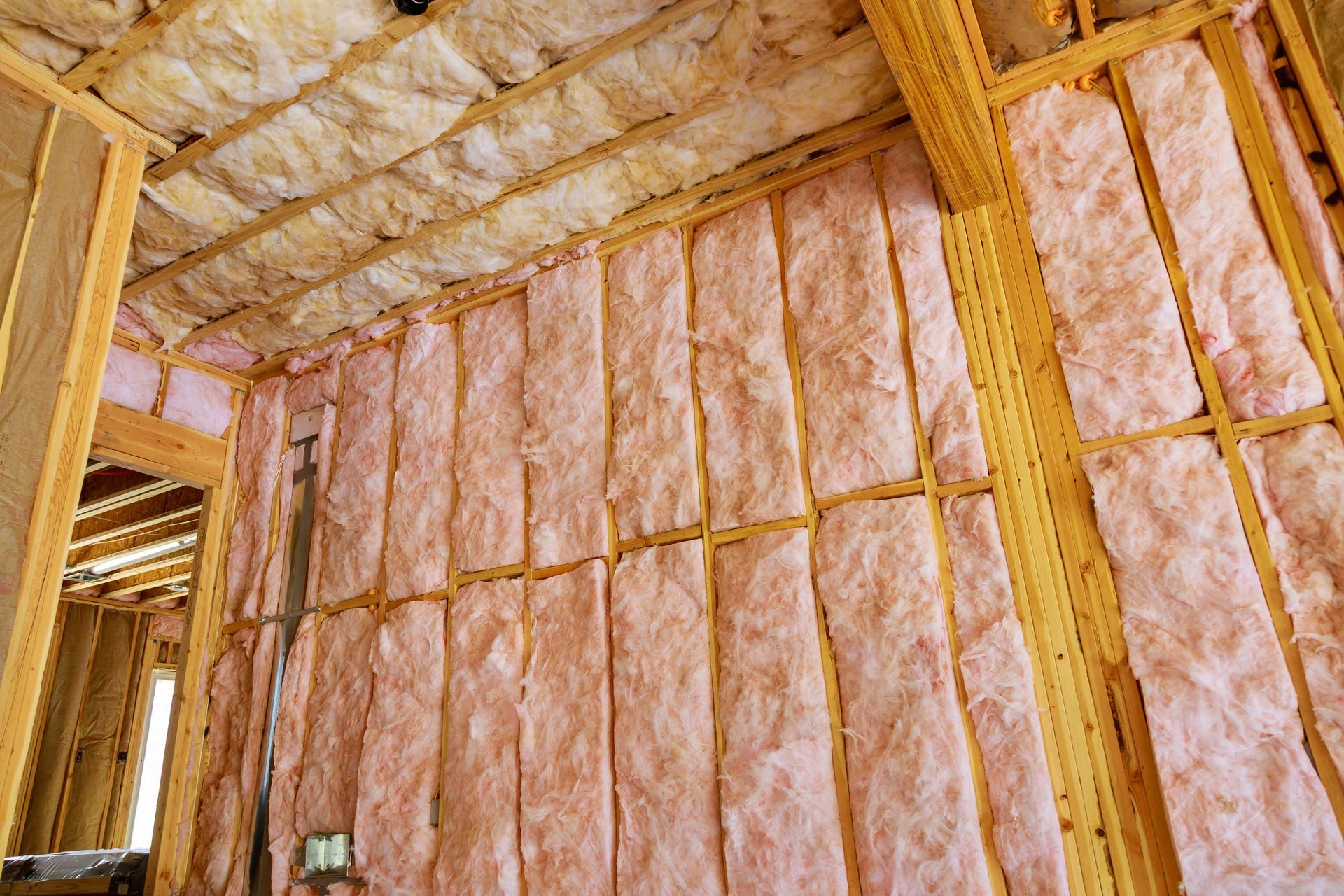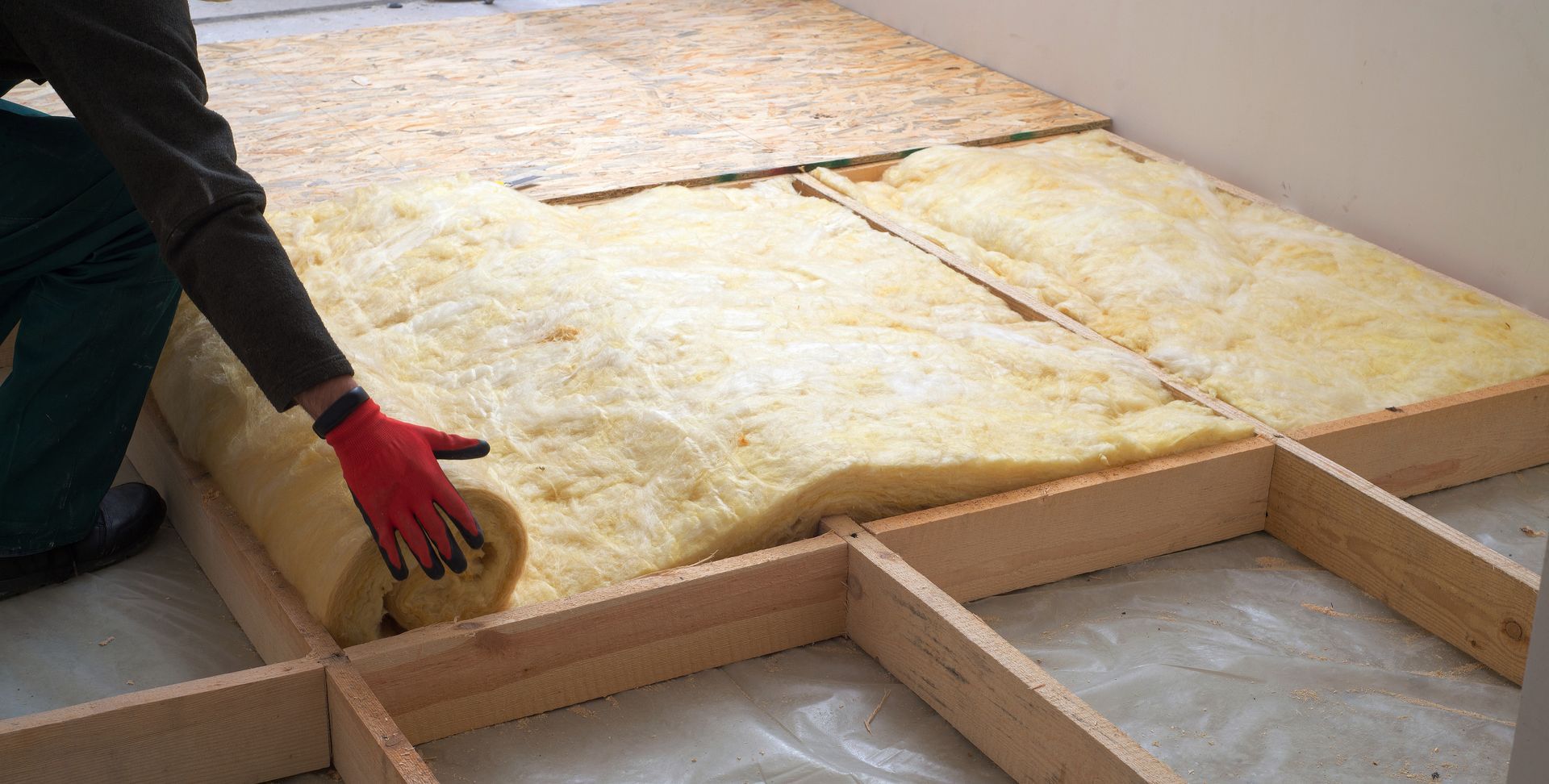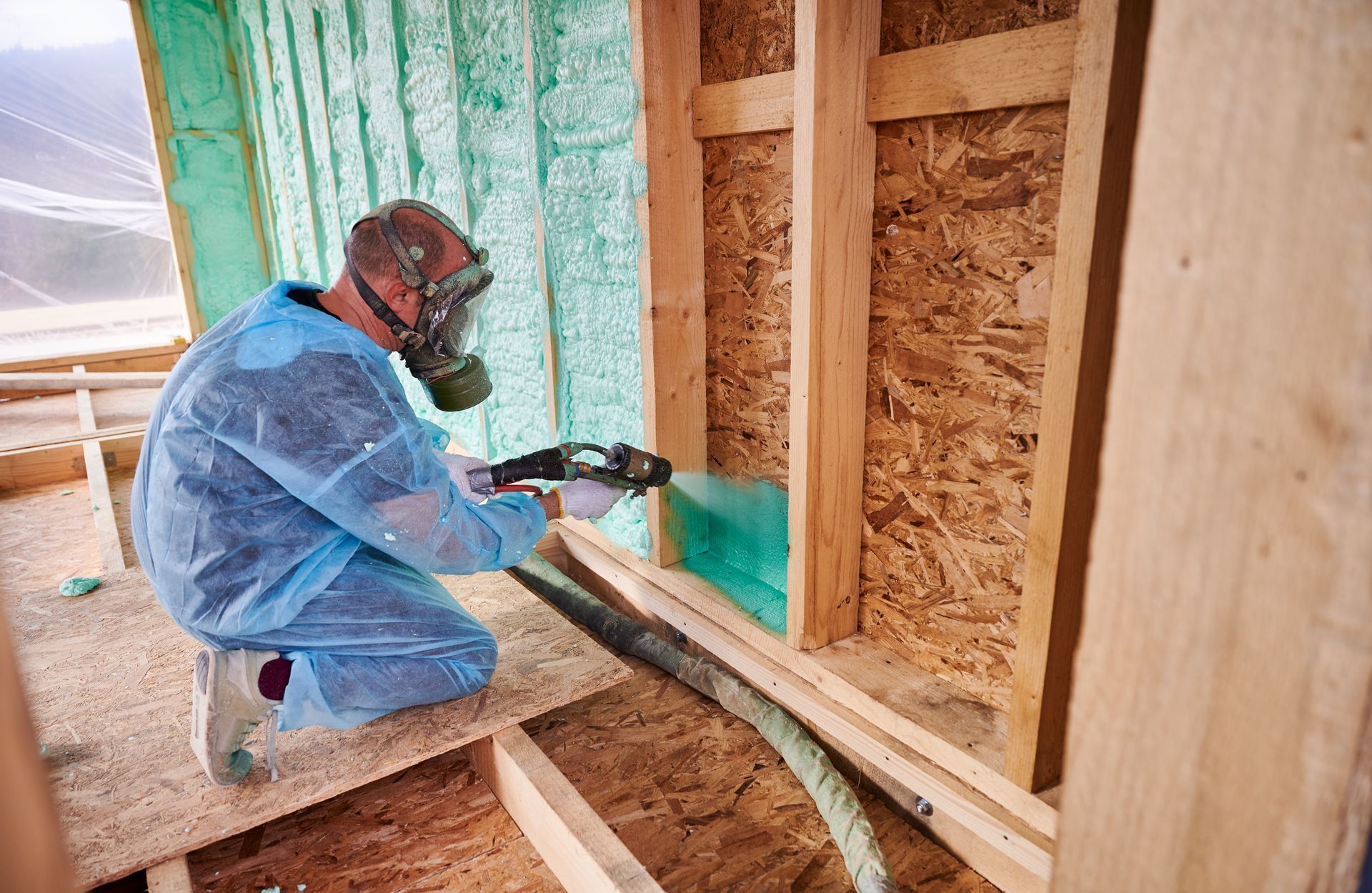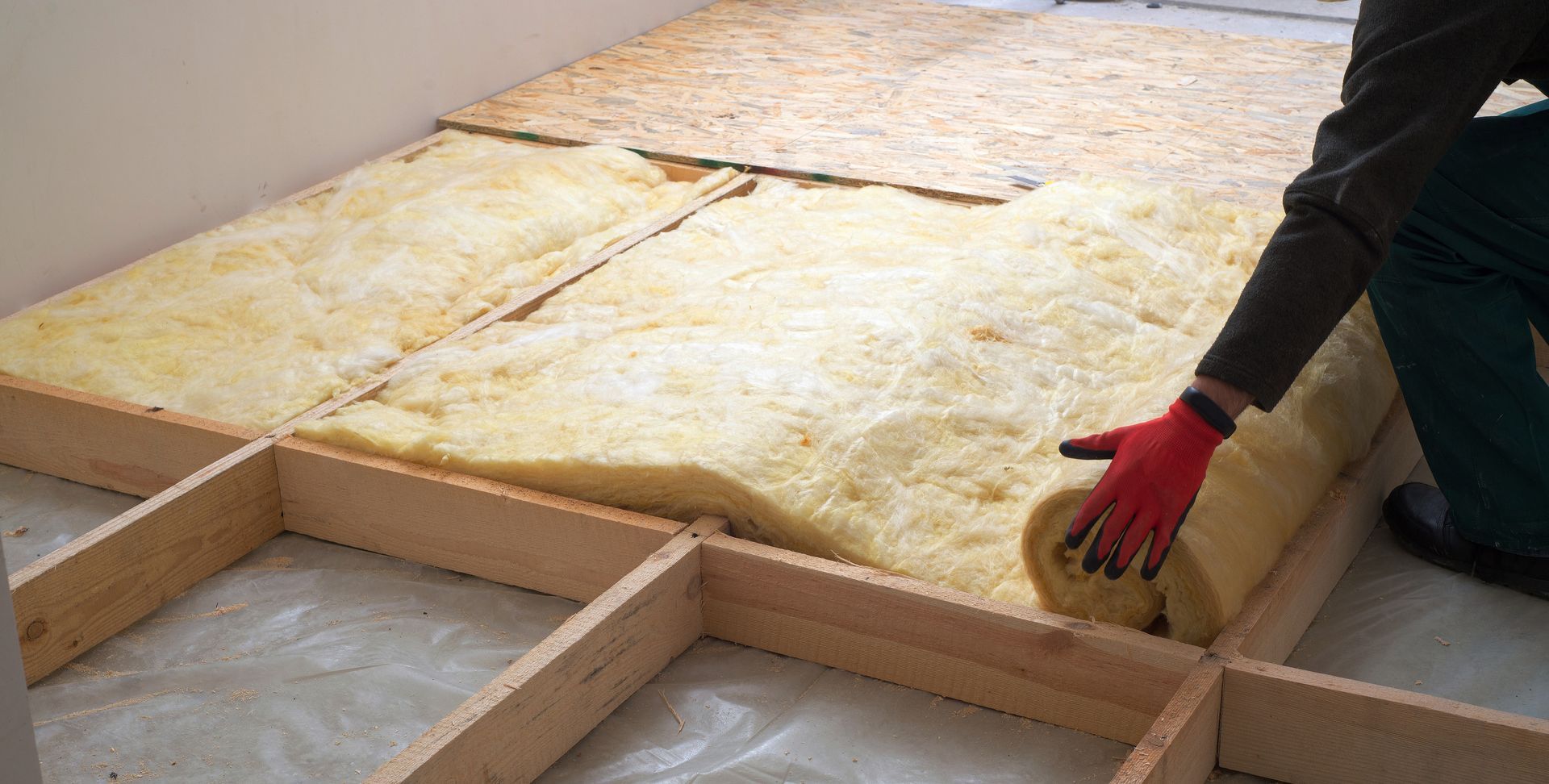Is Your Insulation Winter-Ready? How to Determine the Effectiveness of Your Home's Insulation Before the Cold Hits in Western Massachusetts
Winter in Western Massachusetts is not a season to take lightly, especially when it comes to the insulation in your home. As the leaves begin to change and the temperatures drop, it's important to evaluate the effectiveness of your home's insulation in advance.
Here’s how to evaluate your insulation’s effectiveness and make necessary upgrades.
Basic Steps to Determine Insulation Effectiveness
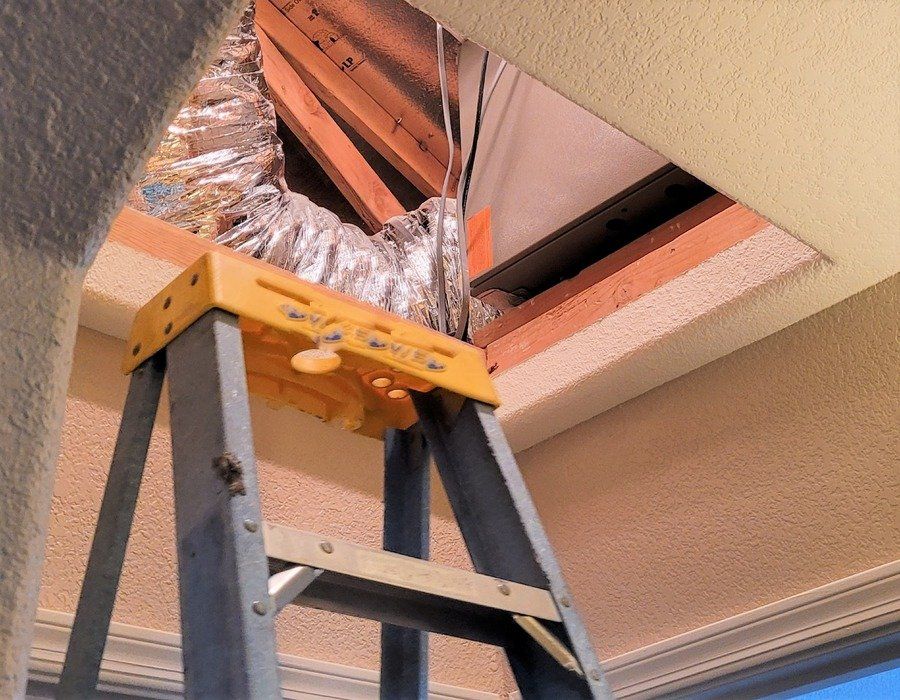
1. Visual Inspection:
One of the most straightforward ways to gauge your insulation's effectiveness is by visually examining areas where insulation is visible. Look in your attic, basement, or crawl spaces for signs of aging or deteriorating insulation. Check for any sagging, moisture, or obvious gaps, as these are clear indicators that your insulation may need to be replaced or supplemented. Also, take note of the material and thickness; this will give you an idea of its insulating power, often referred to as R-value. The higher the R-value, the better the insulation.
2. The “Touch Test”:
The "Touch Test" is an easy yet revealing way to get a feel for your insulation's performance. On a cold day, go through your home and physically touch the walls, floors, and ceilings. A well-insulated home in Western MA should have interior surfaces that feel warm to the touch.
- Walls: Start by touching various walls around your home, especially exterior walls. If they feel notably cold, that's an indication of poor or failing insulation. Walls should be relatively warm and serve as a barrier to the cold outside.
- Floors: Pay special attention to floors above unheated spaces like garages or basements. Cold floors can indicate insufficient insulation in the floors themselves or the spaces beneath them. This could lead to significant heat loss and discomfort during winter.
- Ceilings: In homes with accessible attics, touch the ceiling to gauge its warmth. A cold ceiling could signify inadequate attic insulation, allowing heat to escape upwards and out of your home.
- Windows and Door Frames: Although not a substitute for traditional insulation materials, these areas can be substantial sources of heat loss if not properly insulated. If you feel cold drafts or cold surfaces around window frames or doors, it might be time for some weather-stripping or other sealing techniques.
This tactile method gives you a firsthand understanding of how well your insulation is doing its job. Remember, insulation not only keeps cold air out but also traps warm air inside. If you're encountering colder-than-expected surfaces during your "Touch Test," consider it a red flag that warrants further inspection or contacting an insulation contractor to assess your insulation.
3. Professional Energy Audit:
While DIY methods like visual inspections and the "Touch Test" can provide valuable insights, a professional energy audit is the most thorough way to evaluate the state of your home's insulation. Conducted by certified energy auditors, this detailed examination can unearth issues that may not be visible to the untrained eye, offering a comprehensive diagnosis of your home's energy efficiency.
What's Involved?
- Thermal Imaging: One of the key features of a professional energy audit is thermal imaging, usually conducted with infrared cameras. These cameras create a heat map of your home, highlighting areas where you're losing heat.
- Blower Door Test: This test involves sealing off an exterior door and using a powerful fan to change the air pressure inside your home. It helps in identifying leaks and drafts that may be contributing to heat loss.
- Manual Inspection: In addition to technical tests, auditors will manually inspect insulation in various areas of your home, from the attic to the basement. They often have specialized tools to measure insulation depth and check for gaps.
- Ductwork Assessment: In homes with forced-air heating systems, auditors may also examine the ductwork. Leaky ducts can contribute to a significant loss of warm air.
These simple but effective steps can give you a good sense of your home's insulation performance and help you identify where it needs improvement.
Signs Your Insulation Might Be Failing
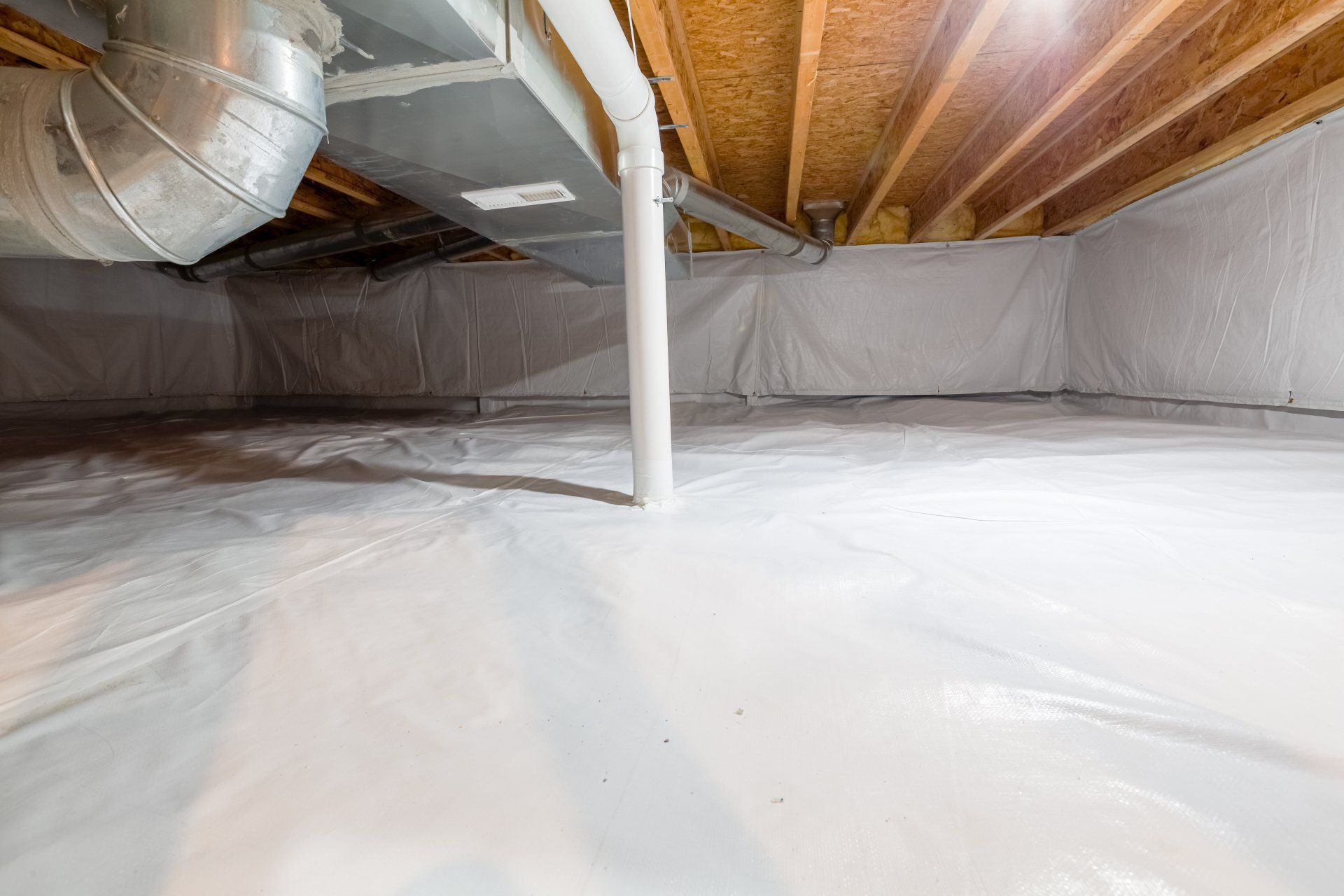
In addition to the tests mentioned above, there are some telltale signs of failing insulation to look out for. These include:
- Cold Draughts: If you're feeling cold drafts near windows and door frames, it could mean that their seals have worn down or the insulation around them has deteriorated.
- High Utility Bills: An unexpected spike in your energy bills can be an indicator of heat loss due to inadequate insulation.
- Uneven Temperatures: If some rooms in your home feel significantly colder than others, it could mean that their insulation is not doing its job properly.
If you notice any of these signs, it’s a good idea to contact an experienced insulation contractor in Western MA to get a proper evaluation and make the necessary repairs or upgrades.
What Are My Options?
If the tests come back positive for poor insulation or you noticed some of the warning signs mentioned, there are several options available to increase the efficacy of your home’s insulation:
Retrofitting Existing Insulation
- Supplementing Batt Insulation: If you already have batt insulation installed but it’s not sufficient, you can add another layer for better coverage. This is often a cost-effective way to improve insulation without a complete overhaul.
- Blown-In Insulation Over Existing Layers: For areas where removing old insulation is impractical, you can consider adding blown-in insulation over the existing material.
- Foam Board:
If you have access to the area that needs better insulation, like a crawl space or unfinished basement, installing foam boards can add an extra layer of insulation without removing what's already there.
Complete Replacement
- Spray Foam: Replacing existing insulation with spray foam can provide a high R-value and airtight seal. This option, while costly, can offer the most comprehensive solution.
- Radiant Barriers: In attic spaces, installing radiant barriers can help reflect heat back into the home, offering an additional layer of insulation especially effective for cold winters.
Specialized Options
- Pipe Insulation: If you noticed that your hot water pipes are losing heat, you can add specialized pipe insulation to conserve energy.
- Duct Insulation: For homes with forced-air systems, insulating the ductwork can prevent heat loss, making your heating system more efficient.
- Weather-Stripping: For drafts coming from windows and doors, weather-stripping is an easy DIY option to supplement your home's insulation.
Be Ready For The Winter
Before winter hits Western Massachusetts, make it a priority to check the effectiveness of your home’s insulation. Whether you do it yourself or consult professionals, a little preparation now can lead to a cozy, cost-efficient winter. If you find that your insulation is lacking, consider it an investment not just in your home, but in your comfort and well-being throughout the winter months.
Urban & Sons Insulation has been providing high-quality insulation services to homeowners in Western MA since 1982. Whether you need an energy audit or a full replacement, their team of certified contractors can help make sure your home is properly insulated and ready for winter. Contact us today to learn more or request an estimate online.

